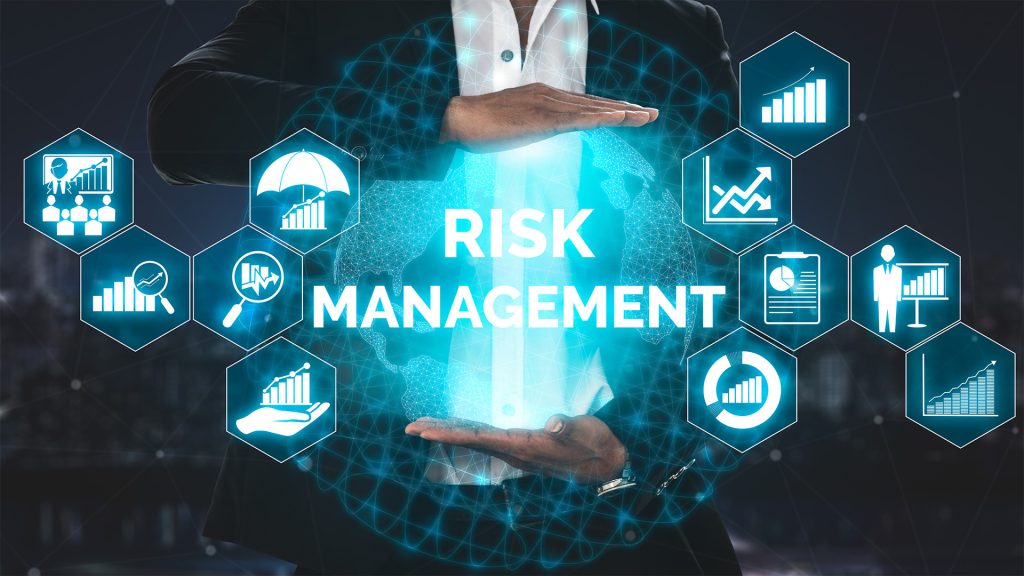As cyber threats continue to evolve, organizations worldwide face increasing pressure to comply with cybersecurity regulations. However, a one-size-fits-all approach to compliance often fails to address specific risks unique to different industries and regions.
A risk-based approach to global cybersecurity compliance focuses on identifying, assessing, and mitigating cybersecurity risks proactively while ensuring adherence to regulatory requirements. This method helps businesses enhance security while avoiding unnecessary costs and inefficiencies.
In this article, we’ll explore how a risk-based approach works, why it’s essential, and how organizations can implement it effectively.
Understanding Cybersecurity Compliance
Cybersecurity compliance refers to the process of adhering to regulations, standards, and best practices designed to protect data, networks, and systems from cyber threats. These regulations vary across industries and regions, making compliance a complex but critical aspect of cybersecurity.
Key Global Cybersecurity Regulations
Different countries and industries have established cybersecurity laws and frameworks, including:
| Regulation | Region | Key Focus |
|---|---|---|
| GDPR (General Data Protection Regulation) | European Union | Data privacy and protection |
| CISA (Cybersecurity & Infrastructure Security Agency) Guidelines | United States | Critical infrastructure security |
| ISO 27001 | Global | Information security management |
| HIPAA (Health Insurance Portability and Accountability Act) | United States | Healthcare data security |
| NIST Cybersecurity Framework | United States | Risk-based security measures |
| SOC 2 (Service Organization Control 2) | Global | Data security for service providers |
While these regulations serve as guidelines, businesses must take a proactive and risk-focused approach to cybersecurity rather than treating compliance as a checklist.
What Is a Risk-Based Approach to Cybersecurity Compliance?
A risk-based approach to cybersecurity compliance prioritizes threats based on their likelihood and potential impact rather than applying uniform security controls across all systems.
Instead of blindly following compliance rules, this approach enables organizations to:
- Identify critical assets and threats
- Assess vulnerabilities and risks
- Implement controls that address the most significant risks first
- Continuously monitor and adapt security measures
By focusing on actual risks, organizations can enhance cybersecurity effectiveness while meeting regulatory requirements efficiently.
Why a Risk-Based Approach Matters
1. Evolving Cyber Threat Landscape
Cybercriminals constantly develop new attack techniques. A risk-based approach ensures organizations focus on real-world threats rather than outdated compliance mandates.
2. Compliance is Not Equal to Security
Following regulations does not always mean a company is secure. A risk-based strategy prioritizes security measures that protect against the most likely threats rather than just satisfying legal requirements.
3. Efficient Resource Allocation
Implementing every security control outlined in regulations can be costly. A risk-based approach helps optimize resources by addressing high-priority risks first.
4. Global Regulatory Complexity
Companies operating internationally face overlapping and conflicting regulations. A risk-based approach ensures compliance strategies are adaptable to different regions.
5. Improved Incident Response and Resilience
By continuously assessing risks, organizations can prepare for potential attacks and respond effectively when breaches occur.

Steps to Implement a Risk-Based Cybersecurity Compliance Strategy
1. Identify and Classify Assets
Organizations must first determine what data, systems, and applications are most critical. These assets require the highest level of protection.
2. Conduct Risk Assessments
- Identify potential threats (e.g., malware, phishing, insider threats)
- Assess vulnerabilities in IT infrastructure
- Determine the potential impact of an attack
3. Map Security Controls to Risks
Rather than applying the same security measures everywhere, organizations should match controls to risks based on:
- Likelihood of attack
- Impact on business operations
- Regulatory requirements
4. Implement Continuous Monitoring
Cyber risks change constantly. Regular security assessments, penetration testing, and AI-driven threat detection help maintain compliance and security.
5. Automate Compliance Processes
Using compliance automation tools reduces human error and streamlines adherence to multiple global regulations.
6. Train Employees and Establish Cyber Hygiene
Even the most advanced security controls fail if employees lack cybersecurity awareness. Regular training ensures staff recognize phishing attempts and follow security best practices.
7. Develop an Incident Response Plan
A well-defined incident response plan ensures that in the event of a breach, the organization can quickly contain the attack and minimize damage.
Risk-Based Approach vs. Traditional Compliance Approach
| Aspect | Traditional Compliance | Risk-Based Approach |
|---|---|---|
| Focus | Meeting regulatory requirements | Addressing actual cybersecurity threats |
| Flexibility | Static, checklist-based | Adaptive and threat-focused |
| Security Impact | May leave gaps in security | Stronger, proactive protection |
| Cost-Effectiveness | Can be expensive and inefficient | Optimizes resource allocation |
| Monitoring | Periodic audits | Continuous threat assessment |
A risk-based approach ensures stronger protection while maintaining regulatory compliance—a win-win for businesses and regulators.
Conclusion: The Future of Cybersecurity Compliance
As cyber threats continue to evolve, a risk-based approach to global cybersecurity compliance is no longer optional—it’s essential.
By prioritizing real-world threats, optimizing resources, and continuously improving security measures, businesses can:
- Strengthen cybersecurity posture
- Meet global compliance requirements efficiently
- Reduce risks of data breaches and regulatory penalties
Instead of treating compliance as a checkbox, organizations should embrace a proactive, risk-driven strategy to ensure long-term cybersecurity success.
Is your business ready to transition to a risk-based cybersecurity approach? Start assessing risks today and build a resilient security framework that goes beyond compliance.
FAQs About Risk-Based Cybersecurity Compliance
1. How does a risk-based approach differ from traditional compliance?
A risk-based approach prioritizes actual cybersecurity threats, while traditional compliance follows a set of predefined regulations that may not address emerging risks.
2. What industries benefit most from a risk-based cybersecurity approach?
Industries handling sensitive data—such as finance, healthcare, government, and e-commerce—benefit the most, as they are prime targets for cybercriminals.
3. Does a risk-based approach reduce compliance costs?
Yes. By focusing on high-priority risks, organizations optimize spending on security measures, avoiding unnecessary compliance costs.
4. What tools can help with risk-based cybersecurity compliance?
Organizations use Risk Management Frameworks (RMF), AI-driven threat detection, compliance automation software, and penetration testing tools to assess and mitigate risks.
5. How often should companies conduct risk assessments?
Regular quarterly risk assessments are recommended, but organizations should also conduct assessments whenever major IT changes, mergers, or new cyber threats emerge.
6. Can small businesses implement a risk-based cybersecurity strategy?
Yes. Even small businesses can adopt basic risk assessment techniques, enforce strong authentication, and prioritize high-risk areas to improve security compliance.

